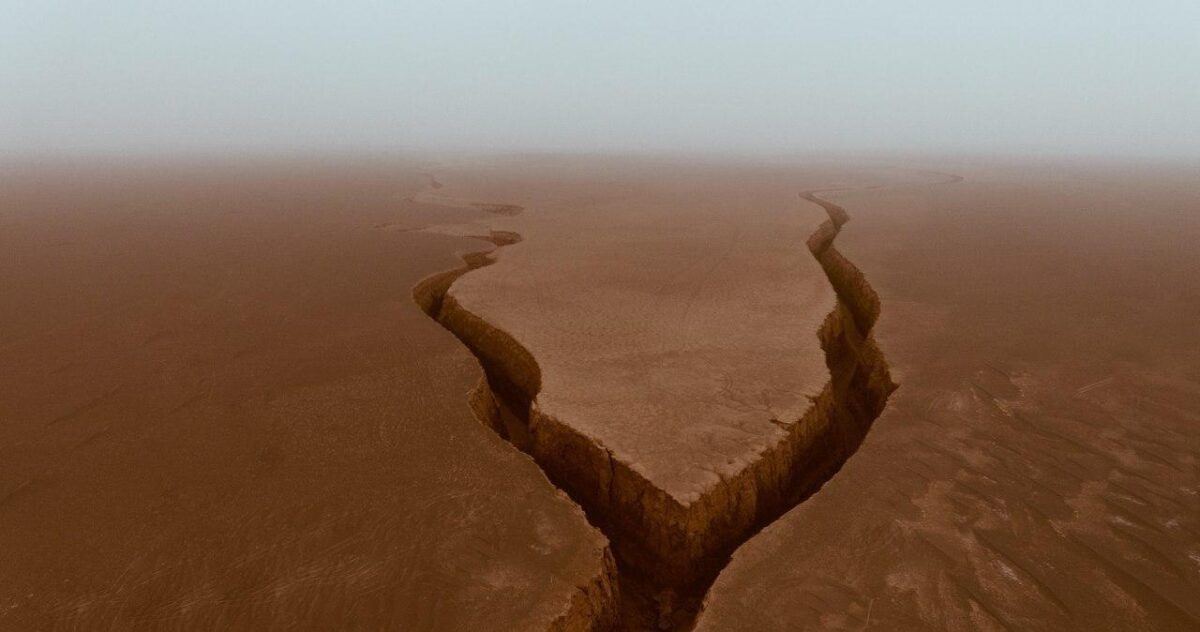The canyon is divided into two branches, east and west, and for this reason, due to its resemblance to the tongue of snakes, it is known as “snake tongue” canyon.
Traveling to the area where the “Snake’s Tongue” is located requires complete familiarity with the area, having the right equipment, having enough experience and a permit from the relevant authorities.
Due to the looseness of the walls and the possibility of rock parts falling, approaching the walls, staying overnight and producing sound in this place will lead to numerous dangers.
The floor of the valley is covered with sand which is thrown into the valley by the wind.
The height of the valley is about 190 metres above sea level, which makes it a low-lying area, and the length of the valley is about 9 kilometres. You must visit the valley on foot because it is not possible to advance by car anymore shortly after entering the valley, and the canyon becomes narrower due to the existence of sand.
In the valley, you can see bird carcasses and the footprints of foxes. They indicate that the foxes come into the valley to feed on the carcasses of birds.
Lut Desert where this canyon is located is a plain in the southeast of the country. This plain is located in parts of Kerman, Sistan and Baluchestan and South Khorasan provinces and has a lot of scenic areas.
